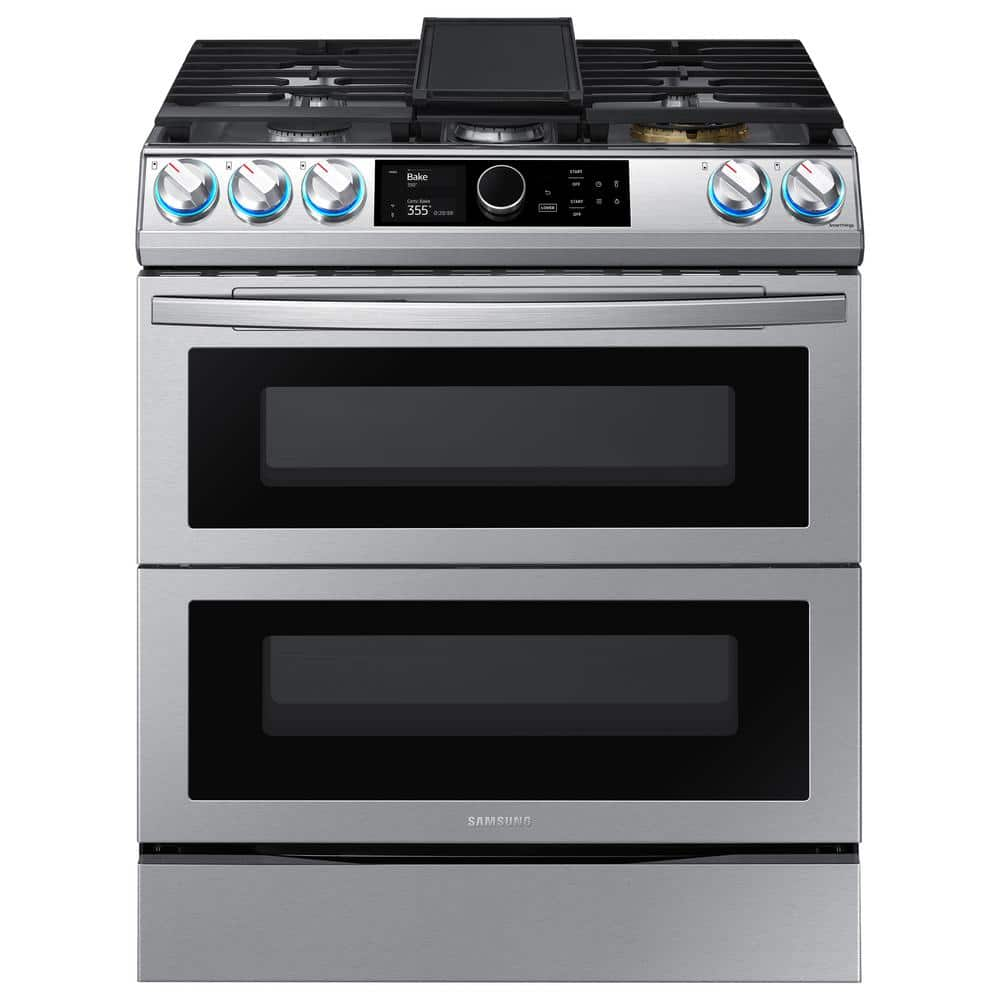Cuisinart – 20 PC Elite Flatware – Silver
Each piece is handcrafted of the finest heavy-gauge stainless steel Careful attention to detail from design through manufacturing to create a unique dining experience Large continental-sized pieces Dishwasher safe Subtle combinations of various finishes European styling with designs ranging from simple to elegant Limited lifetime warranty










by Kody
I bought this set for my daughter and she loves it. The set is absolutely beautiful and shiny. I would definitely buy it again.
by Tee
This silverware really fits the bill. It is heavy and the design is lovely. This was a good buy and my family loves it!
by Thumper
Beautiful pattern. Great silverware! I bought more sets after my 1st purchase cause the quality was better than I thought it would be.